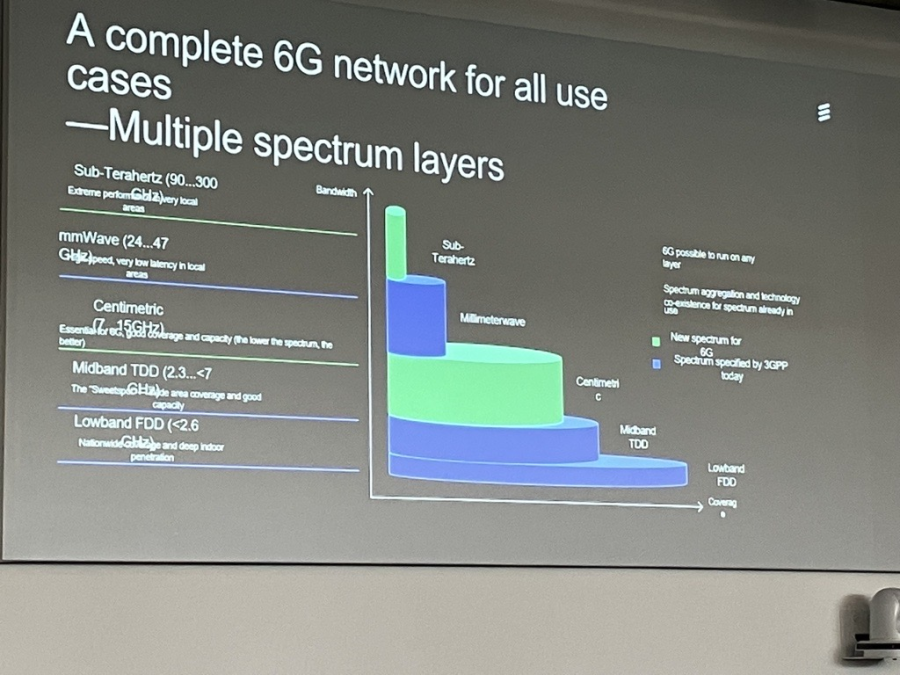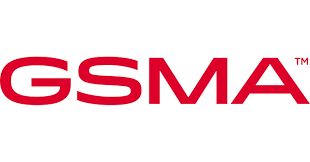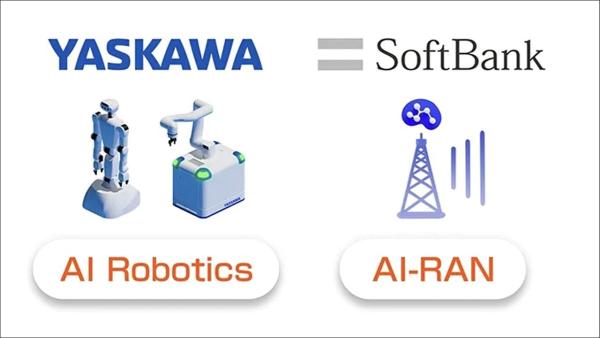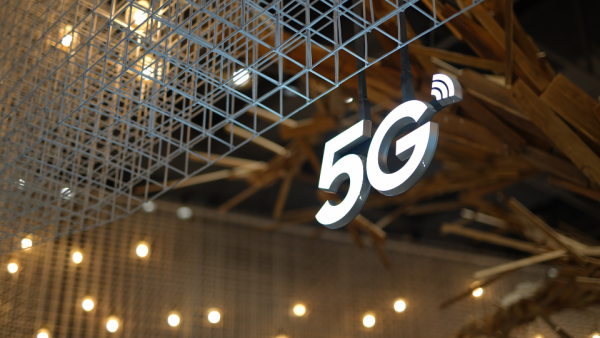Written by Tereza Krásová for LightReading.com

A slide shown during the 6G Symposium by Ericsson's Magnus Frodigh depicting potential 6G spectrum bands. (Source: Tereza Krásová/Light Reading)
Countries in and out of Europe have yet to auction all of the spectrum bands for 5G, but parts of the industry are already checking their watches impatiently, anxious to get going with 6G.
We don't quite know what 6G will deliver when its rollout starts around 2030. If you ask Ericsson, the answer is seemingly dinners with your loved one's hologram and AR glasses for everyone, whereas for operators it is making better use of existing network infrastructure. It seems likely, however, that we will need new spectrum to do whatever it is 6G will eventually end up doing.
At the 6G Symposium this week, which was organised by 6G World and took place at the University of Surrey, the issue of spectrum came up during several panels. During the vendors' panel, it seemed clear consensus has indeed moved away from the terahertz band hyped in the (even) earlier days of 6G discussions. Lower bands are now being touted, with much of the limelight focusing on the centimetric band.
Ericsson's vice-president and head of research, Magnus Frodigh, specified that 7GHz to 15GHz spectrum, which lies in the centimetric band, will likely do a lot of the heavy lifting for 6G. This band sits between the midband used for much of 5G and the elusive mmWave, which has so far not seen much use.
Laws of physics dictate that centimetric spectrum will offer greater capacity than lower bands, such as the mid-range 5G spectrum or 4G bands, but it won't allow signals to travel quite as far. As a result, one might imagine it will have the specs needed for applications such as sensor networks and digital twins that 6G is expected to boost, but it may require even denser networks than 5G.
This begs the question of whether 6G rollout will eventually require an even more intensive infrastructure buildout than 5G, which is something operators seem categorically opposed to. It also highlights a paradox that was brought up several times over the course of Day 2 of the 6G Symposium – whilst we discuss new use cases and added capacity, much of the UK struggles with less-than-satisfactory coverage, even in urban areas. If we cannot get signal with the Gs we already have, won't relying on spectrum with even shorter ranges exacerbate the problem?
Meanwhile, both Frodigh and Baker noted 6G may also, in niche areas, make use of the sub-terahertz band. Again, this is a shift from the terahertz band that was touted last year as complementary spectrum, a little bit like mmWave is meant to be for 5G.
The allocation rebus
Frodigh pointed out the sub-teraherz band could be used to boost capacity in dense areas with high demand, for example. He said it could deliver speeds as high as 100Gbit/s, as demonstrated by Ericsson at MWC, but reckoned they will likely be closer to 25Gbit/s.
Baker, meanwhile, reiterated sub-terahertz won't be the "pioneering band" for 6G, noting significant challenges persist.
If some clarity is emerging over what spectrum will be used for 6G, a question mark hangs over the allocation process. The tried and tested auction mechanism, much beloved by governments in need of cash, may not prevail in the 6G era.
Dean Bubley of Disruptive Analysis noted later in Day Two that he doesn't think we will see the same type of auctions for 6G as we have in the past, noting that growing demand for spectrum from the telecom industry and others is clashing with the increasing difficulty of clearing new bands.
Criticism of the spectrum auctioning mechanism has been coming from several sides, including European regulators. Speaking at a Politico event in March, Konstantinos Masselos, chair of the Body of European Regulators for Electronic Communications (BEREC), noted the existing system may need to be tweaked to reduce the cost of rolling out networks for operators.
Click here to read the original article.









